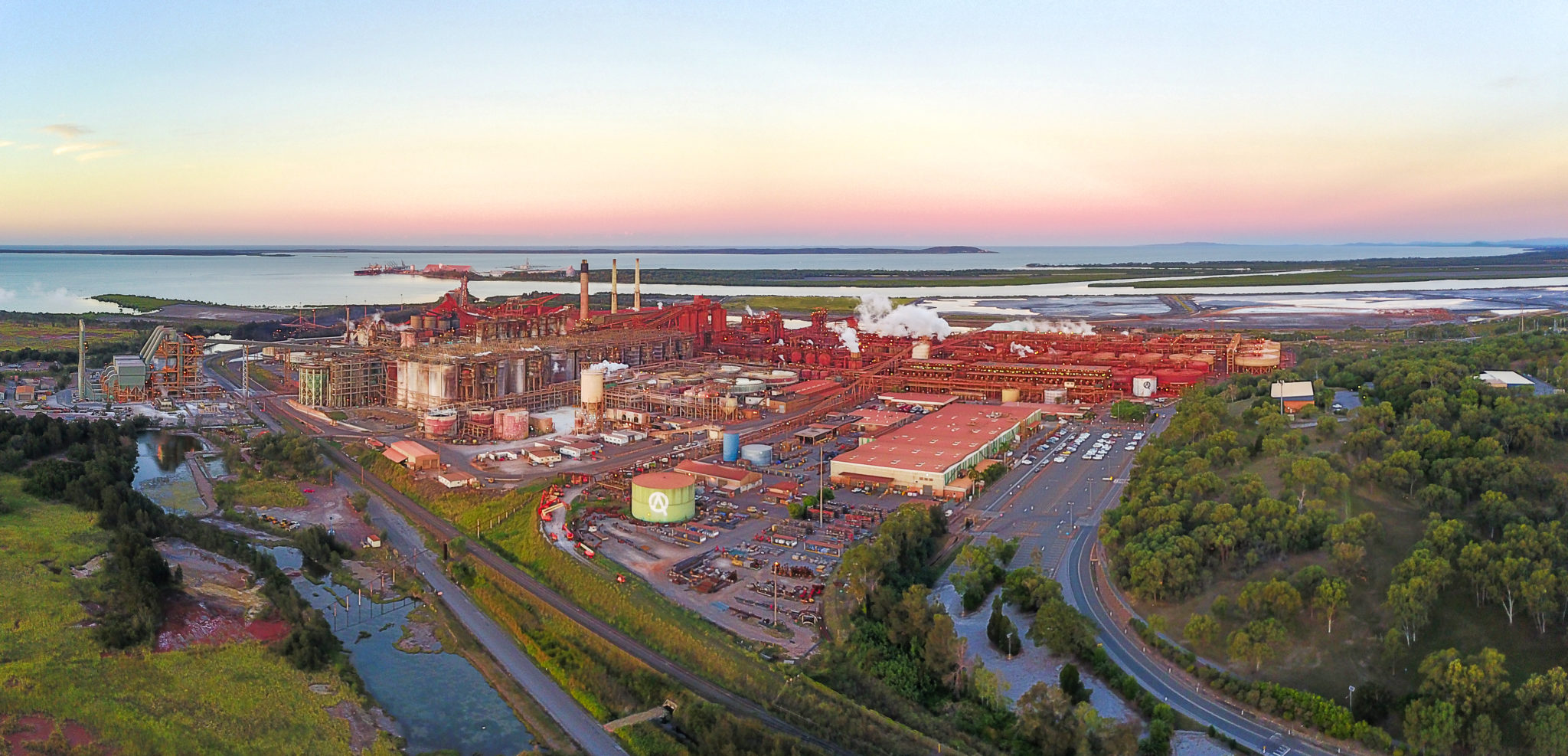|
Rio Tinto, Queensland Alumina aid red mud research
Friday, September 17, 2021 - 14:00:00
Australian Mining
|

|
As Australia is the second largest producer of the mineral waste and more than four billion tonnes currently sit in tailings dams globally, the eight-year study has now entered full-scale trials.
University of Queensland Sustainable Minerals Institute professor Longbin Huang said Rio Tinto and Queensland Alumina has been instrumental in the research throughout.
“The team has secured more than $3 million in funding from Rio Tinto and QAL that will allow us to trial the technology at an operational scale at two red mud sites,” Huang said.
“This project demonstrates how transformative industry-academia partnerships can be – Rio Tinto and QAL have supported the research for the past eight years, from proof of concept to full field trials.”
The challenges faced across the eight years should be worth it, however, as the findings promise to reduce emissions and waste in bauxite tailings.
“The salinity and alkalinity associated with the minerals in red mud means rehabilitation can be challenging,” Huang said.
“The process we have developed is game changing as it involves eco-engineering the mineral and organic constituents of the red mud into material that is more hospitable to plant life.
“It is a more sustainable and cost-effective way of managing red mud compared to traditional methods, which require companies to excavate and transport metres of topsoil from other locations to cover thousands of hectares of waste.”
Finding a use for bauxite residue is not a novel endeavour either, as Alcoa has also announced a collaboration with Australian-based Alumtek Minerals and ChemCentre to find a use for the red mud.
The Alcoa project will look to extract useable materials for use in technologies such as renewable energy, aerospace, defence, electric vehicles, telecommunications, and agriculture.
With $1 million in matched funding from the Australian Federal Government’s Cooperative Research Centres Projects (CRC-P) grants, Alcoa’s $2.1 million, 12-month project will look to satisfy the company’s desire to reduce its global footprint.
“Not only could this technology extract scarce critical minerals and rare earths that are considered vital to the economy, it could also reduce Alcoa’s bauxite residue storage area footprint, which is a strategic sustainability goal,” Alcoa vice president for continuous improvement refining technology in Australia Eugenio Azevedo.
http://www.miningnewspro.com/en/News/616599/Rio Tinto, Queensland Alumina aid red mud research
|